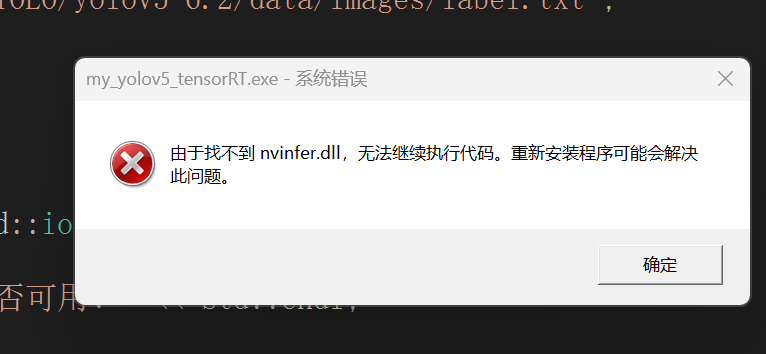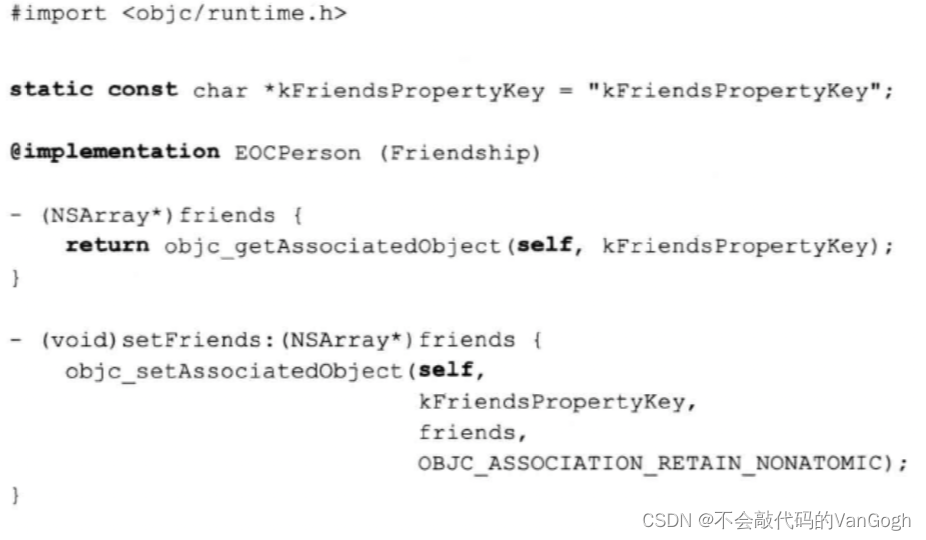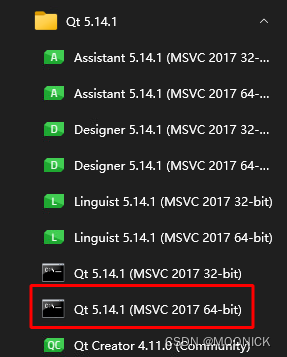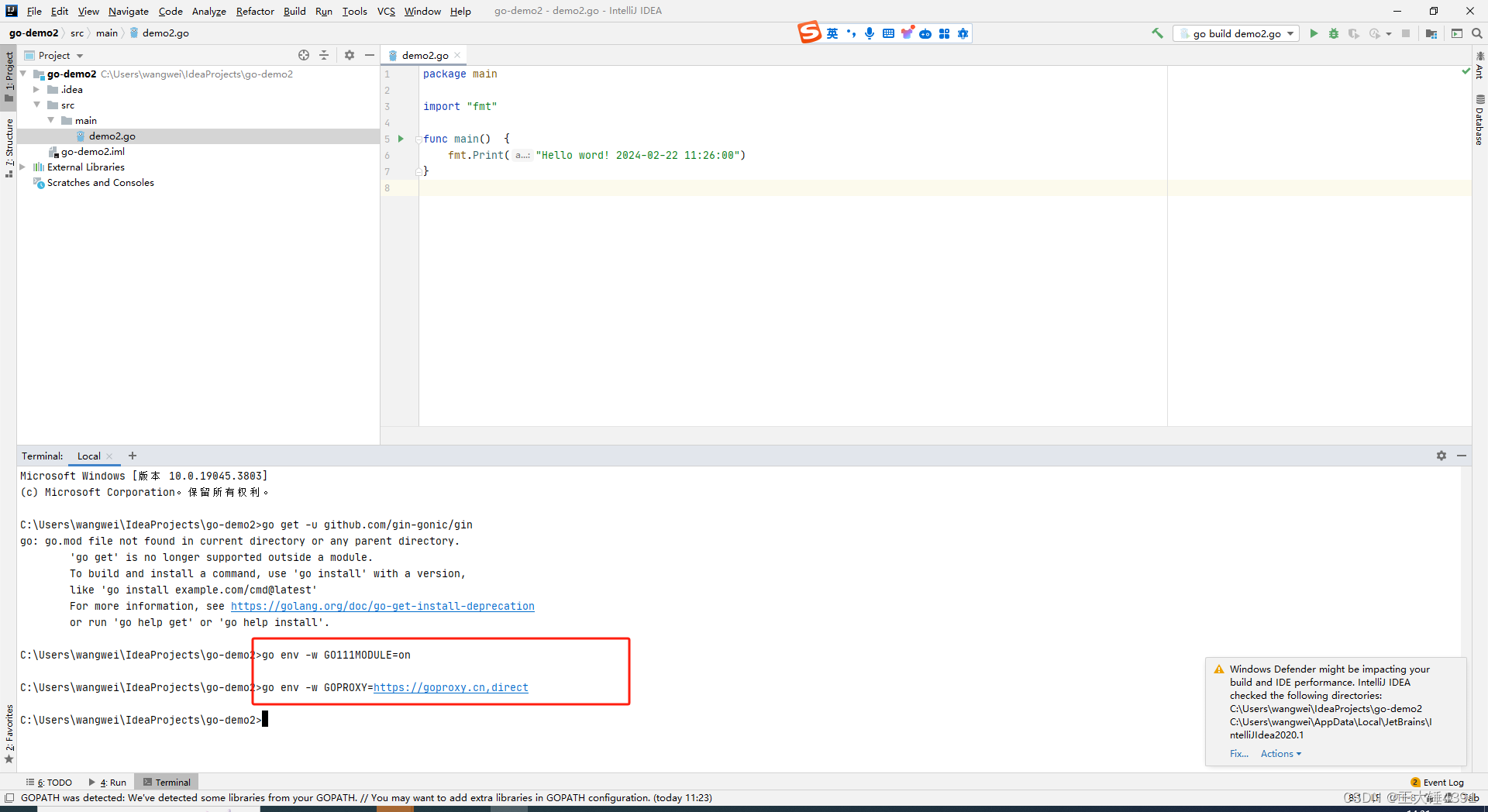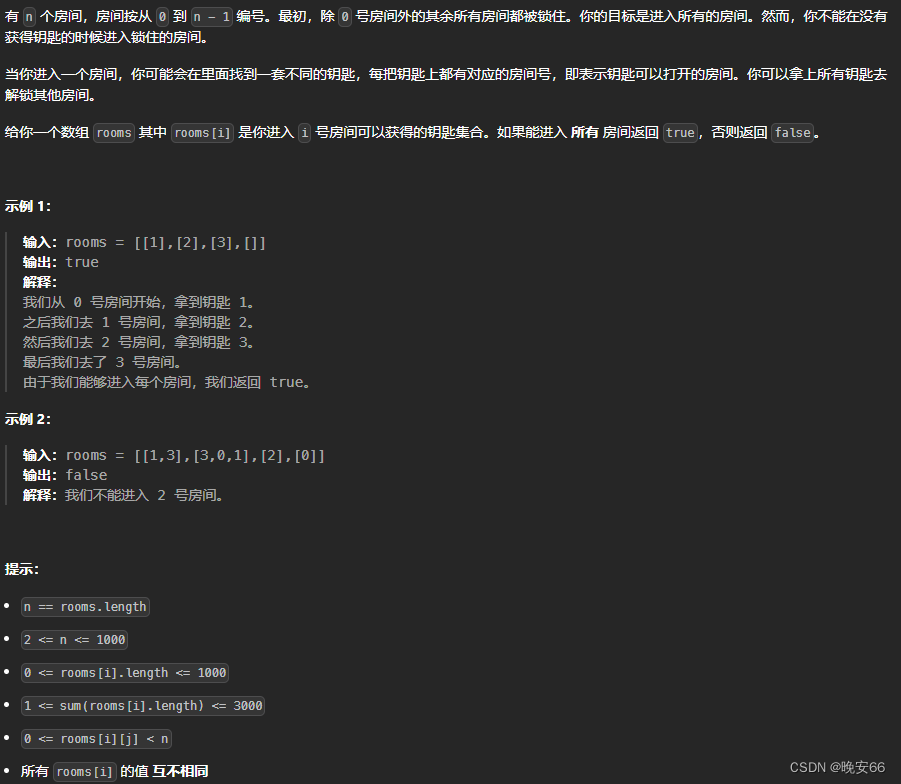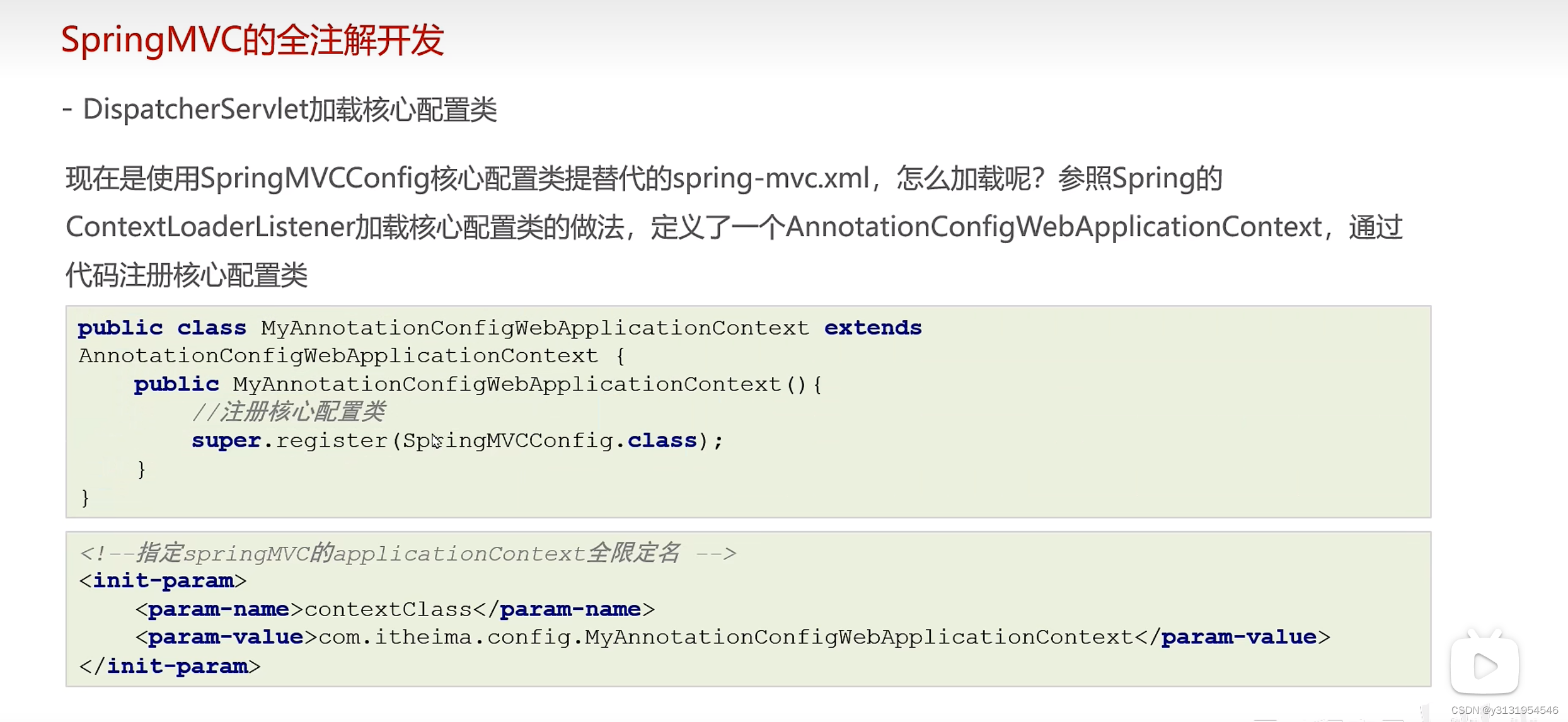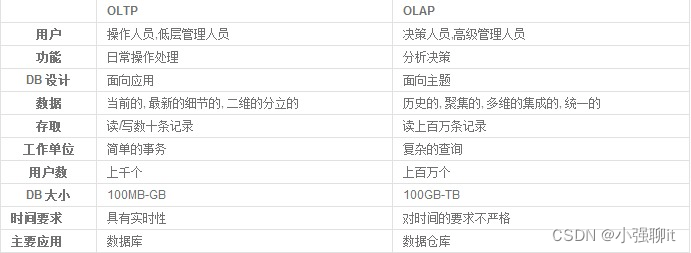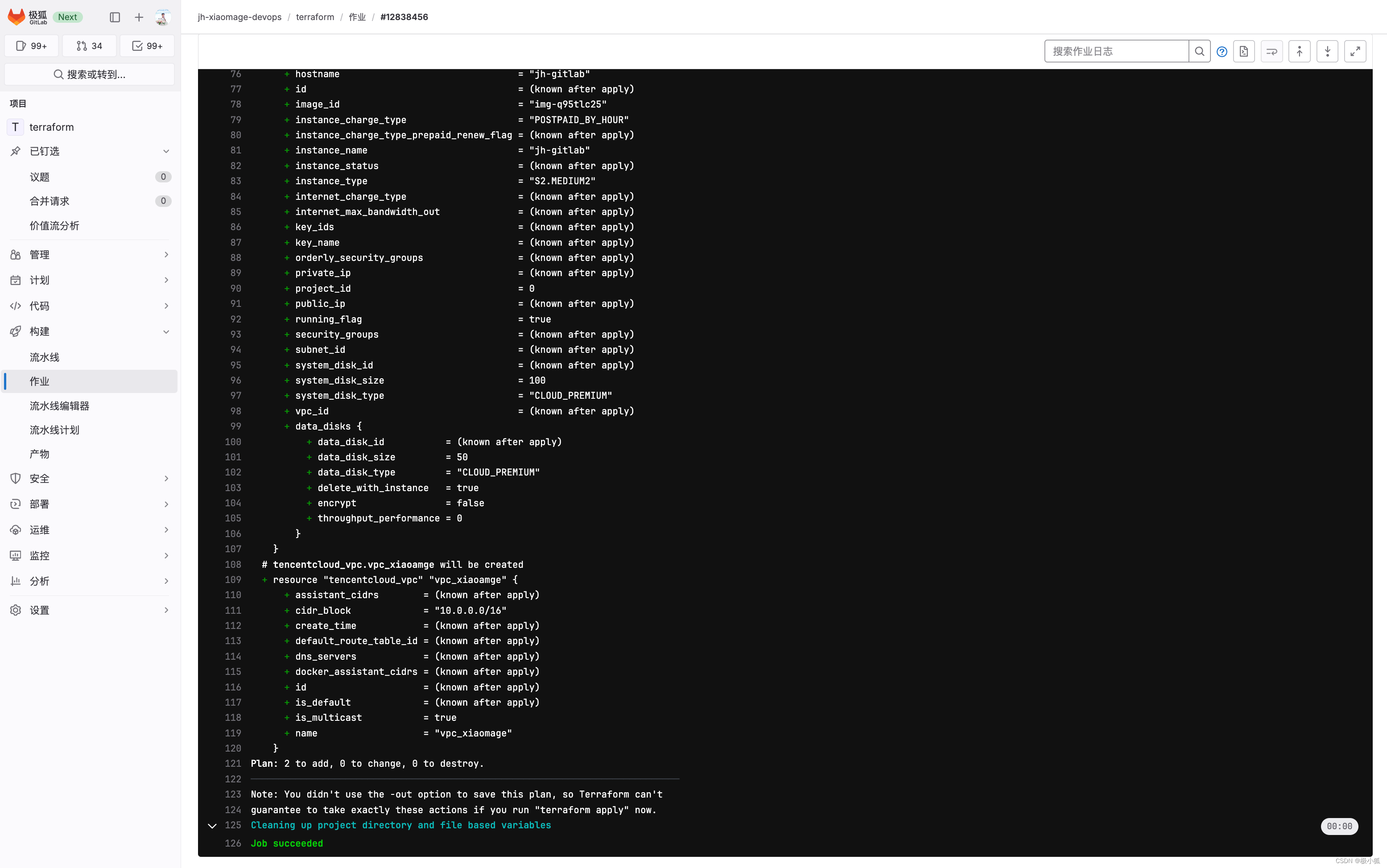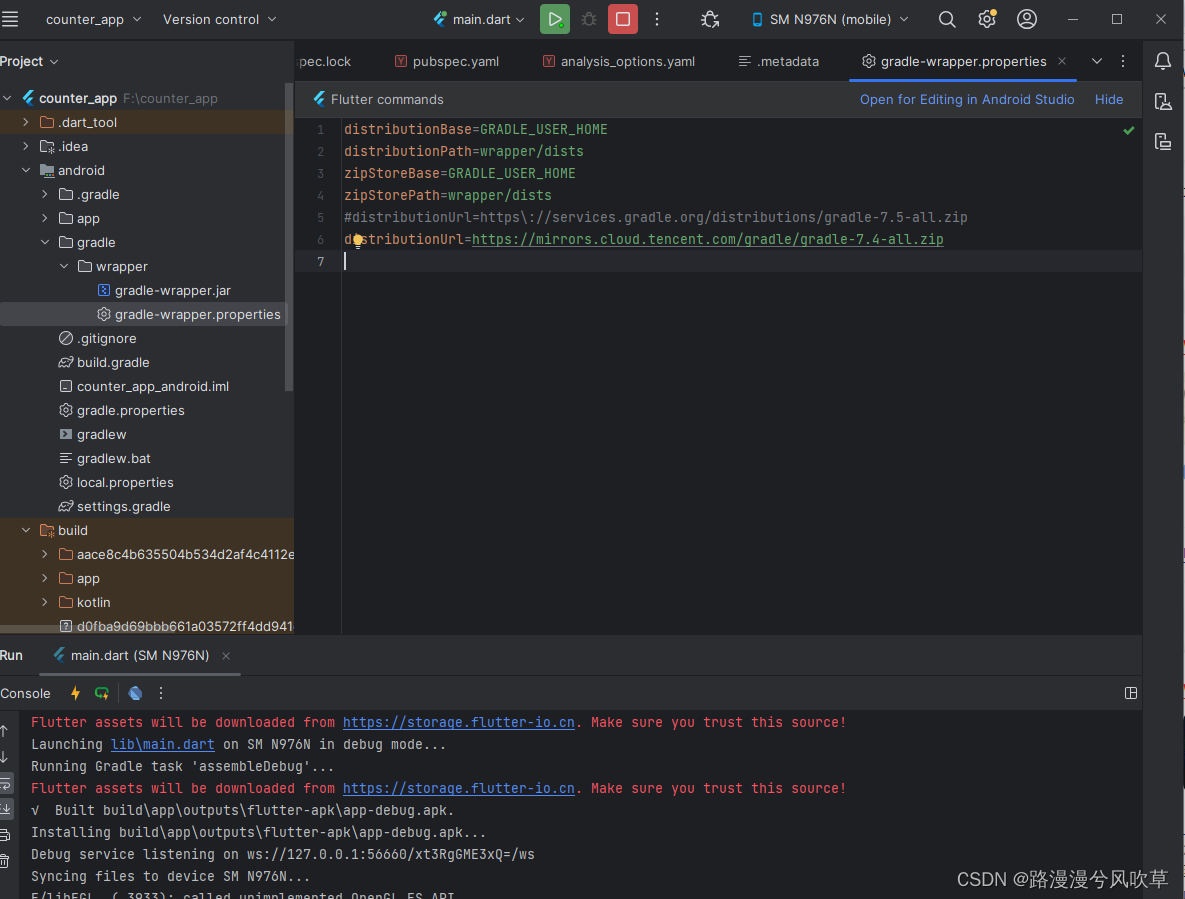一篇学会部署使用MLflow
- 1.版本及环境
- 2.官方步骤
- Step 1 - Get MLflow
- Step 2 - Start a Tracking Server
- Step 3 - Train a model and prepare metadata for logging
- Step 4 - Log the model and its metadata to MLflow
- Step 5 - Load the model as a Python Function (pyfunc) and use it for inference
- Step 6 - View the Run in the MLflow UI
- 3.模型使用
- 4.总结
- 5.更新日志
Learn in 5 minutes how to log,register,and load a model for inference. 在5分钟内学习如何记录、注册和加载模型用于推理。
1.版本及环境
本文基于2.9.2版本进行说明,内容来自官方文档:https://www.mlflow.org/docs/2.9.2/getting-started/intro-quickstart/index.html,测试环境说明:
# 1.服务器系统版本
CentOS Linux release 7.9.2009 (Core)
# 2.使用conda创建的虚拟环境【conda create -n mlflow python=3.8】
(mlflow) [root@tcloud /]# python -V
Python 3.8.18
2.官方步骤
Step 1 - Get MLflow
# 官方步骤
pip install mlflow
# 实际操作【限制版本 否则会安装最新版本】
pip install mlflow==2.9.2
Step 2 - Start a Tracking Server
# 官方步骤
mlflow server --host 127.0.0.1 --port 8080
# 启动日志【删除了时间信息】
[5027] [INFO] Starting gunicorn 21.2.0
[5027] [INFO] Listening at: http://127.0.0.1:8080 (5027)
[5027] [INFO] Using worker: sync
[5030] [INFO] Booting worker with pid: 5030
[5031] [INFO] Booting worker with pid: 5031
[5032] [INFO] Booting worker with pid: 5032
[5033] [INFO] Booting worker with pid: 5033
# 实际操作【使用的是腾讯云服务器】
mlflow server --host 0.0.0.0 --port 9090
# 启动日志【删除了时间信息】
[13020] [INFO] Starting gunicorn 21.2.0
[13020] [INFO] Listening at: http://0.0.0.0:9090 (13020)
[13020] [INFO] Using worker: sync
[13023] [INFO] Booting worker with pid: 13023
[13024] [INFO] Booting worker with pid: 13024
[13025] [INFO] Booting worker with pid: 13025
[13026] [INFO] Booting worker with pid: 13026
- –host 0.0.0.0 to listen on all network interfaces (or a specific interface address).
启动后,访问http://<host>:<port>可查看到页面:
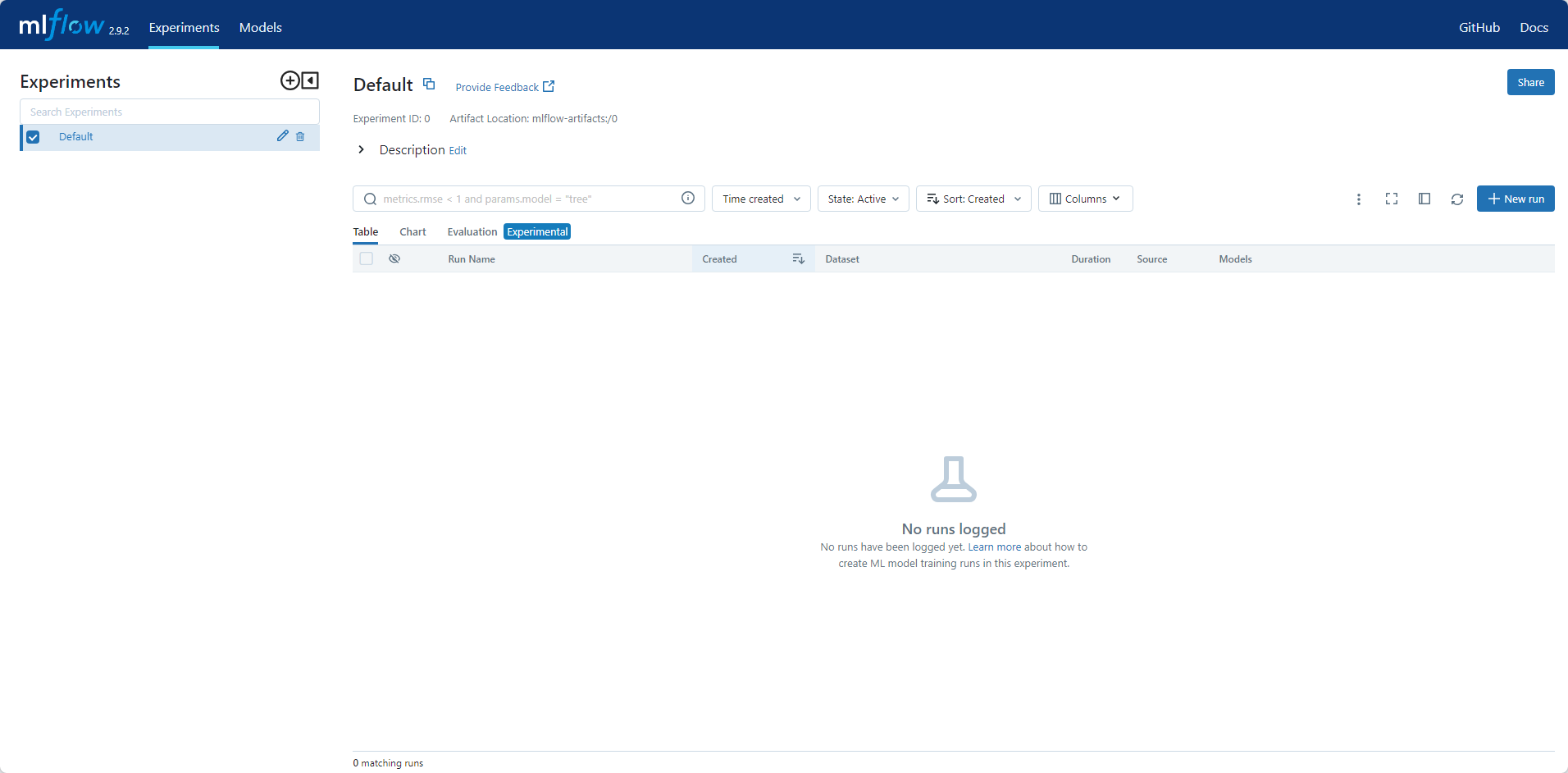
如果使用的是 Databricks 未提供的托管 MLflow 跟踪服务器,或者运行本地跟踪服务器,请确保使用以下命令设置跟踪服务器的 URI:
import mlflow
mlflow.set_tracking_uri(uri="http://<host>:<port>")
如果未在运行时环境中设置此项,则运行将记录到本地文件系统。
Step 3 - Train a model and prepare metadata for logging
在本部分中,我们将使用 MLflow 记录模型。这些步骤的快速概述如下:
- 加载并准备用于建模的 Iris 数据集。
- 训练逻辑回归模型并评估其性能。
- 准备模型超参数并计算日志记录指标。
官方代码如下:
import mlflow
from mlflow.models import infer_signature
import pandas as pd
from sklearn import datasets
from sklearn.model_selection import train_test_split
from sklearn.linear_model import LogisticRegression
from sklearn.metrics import accuracy_score, precision_score, recall_score, f1_score
# Load the Iris dataset
X, y = datasets.load_iris(return_X_y=True)
# Split the data into training and test sets
X_train, X_test, y_train, y_test = train_test_split(
X, y, test_size=0.2, random_state=42
)
# Define the model hyperparameters
params = {
"solver": "lbfgs",
"max_iter": 1000,
"multi_class": "auto",
"random_state": 8888,
}
# Train the model
lr = LogisticRegression(**params)
lr.fit(X_train, y_train)
# Predict on the test set
y_pred = lr.predict(X_test)
# Calculate metrics
accuracy = accuracy_score(y_test, y_pred)
Step 4 - Log the model and its metadata to MLflow
这个步骤将使用我们训练的模型、为模型拟合指定的超参数,以及通过评估模型对要记录到 MLflow 的测试数据的性能来计算的损失指标。步骤如下:
- 启动 MLflow 运行上下文以启动新运行,我们将模型和元数据记录到该运行。
- 记录模型参数和性能指标。
- 标记运行以便于检索。
- 在记录(保存)模型时,在 MLflow 模型注册表中注册模型。
官方代码如下:
# Set our tracking server uri for logging
mlflow.set_tracking_uri(uri="http://127.0.0.1:8080")
# Create a new MLflow Experiment
mlflow.set_experiment("MLflow Quickstart")
# Start an MLflow run
with mlflow.start_run():
# Log the hyperparameters
mlflow.log_params(params)
# Log the loss metric
mlflow.log_metric("accuracy", accuracy)
# Set a tag that we can use to remind ourselves what this run was for
mlflow.set_tag("Training Info", "Basic LR model for iris data")
# Infer the model signature
signature = infer_signature(X_train, lr.predict(X_train))
# Log the model
model_info = mlflow.sklearn.log_model(
sk_model=lr,
artifact_path="iris_model",
signature=signature,
input_example=X_train,
registered_model_name="tracking-quickstart",
)
Step 5 - Load the model as a Python Function (pyfunc) and use it for inference
记录模型后,我们可以通过以下方式执行推理:
- 使用 MLflow 的 pyfunc 风格加载模型。
- 使用加载的模型对新数据运行 Predict。
官方源码如下:
# Load the model back for predictions as a generic Python Function model
loaded_model = mlflow.pyfunc.load_model(model_info.model_uri)
predictions = loaded_model.predict(X_test)
iris_feature_names = datasets.load_iris().feature_names
result = pd.DataFrame(X_test, columns=iris_feature_names)
result["actual_class"] = y_test
result["predicted_class"] = predictions
result[:4]
Step 6 - View the Run in the MLflow UI
官方带注释的示例:

实际执行示例:

官方运行详情图片:

实际运行详情图片:

查看生成的模型:

恭喜你完成了 MLflow 跟踪快速入门!
3.模型使用
模型文件可以从MLflow的页面上下载,调用代码如下:
import pickle
from sklearn import datasets
from sklearn.model_selection import train_test_split
# 使用鸢尾数据集
# Load the Iris dataset
X, y = datasets.load_iris(return_X_y=True)
# Split the data into training and test sets
X_train, X_test, y_train, y_test = train_test_split(X, y, test_size=0.2, random_state=42)
# 使用自己收集的数据
# X_test = [[5.1, 3.5, 1.4, 0.2], [7, 3.2, 4.7, 1.4], [5.8, 2.7, 5.1, 1.9], [5, 3.4, 1.5, 0.2]]
# 加载模型文件
with open('model.pkl', 'rb') as f:
model = pickle.load(f)
# 预测类别
predict_res = model.predict(X_test)
print(predict_res)
# 类别的概率值
predict_proba_res = model.predict_proba_res(X_test)
print(predict_proba_res)
运行结果:
[1 0 2 1 1 0 1 2 1 1 2 0 0 0 0 1 2 1 1 2 0 2 0 2 2 2 2 2 0 0]
[[3.78540528e-03 8.27210036e-01 1.69004558e-01]
[9.46727168e-01 5.32726324e-02 1.99986485e-07]
[8.72385678e-09 1.55691543e-03 9.98443076e-01]
[6.43448541e-03 7.92126720e-01 2.01438794e-01]
[1.44095504e-03 7.74344678e-01 2.24214367e-01]
[9.55768195e-01 4.42316282e-02 1.76849618e-07]
[7.76122925e-02 9.08082089e-01 1.43056184e-02]
[1.61401761e-04 1.55690379e-01 8.44148220e-01]
[2.20736358e-03 7.62834309e-01 2.34958328e-01]
[2.83154097e-02 9.45798683e-01 2.58859075e-02]
[4.39679072e-04 2.43281233e-01 7.56279088e-01]
[9.68307933e-01 3.16919884e-02 7.80649442e-08]
[9.72933931e-01 2.70660354e-02 3.33361479e-08]
[9.62096918e-01 3.79029707e-02 1.10921553e-07]
[9.79272618e-01 2.07273173e-02 6.47441645e-08]
[4.54276481e-03 7.12605196e-01 2.82852039e-01]
[7.22631014e-06 2.42037680e-02 9.75789006e-01]
[2.73294494e-02 9.47693264e-01 2.49772862e-02]
[8.23322627e-03 8.31120340e-01 1.60646433e-01]
[1.41951887e-05 3.59416995e-02 9.64044105e-01]
[9.64370490e-01 3.56293171e-02 1.92868716e-07]
[1.31386507e-03 3.99100235e-01 5.99585900e-01]
[9.61627956e-01 3.83717831e-02 2.61167666e-07]
[1.85433787e-05 4.58639912e-02 9.54117465e-01]
[1.63757839e-06 2.58619974e-02 9.74136365e-01]
[9.32586134e-05 1.05067524e-01 8.94839218e-01]
[8.68953654e-06 5.83511361e-02 9.41640174e-01]
[4.29911372e-06 1.88516061e-02 9.81144095e-01]
[9.66838022e-01 3.31618418e-02 1.35794380e-07]
[9.56304600e-01 4.36951677e-02 2.32419972e-07]]
4.总结
- 安装简单
- 快速入门不难
- 能够灵活应用需要进行更多的学习
5.更新日志
- 20240223 添加模型加载、数据预测代码
